https://arxiv.org/pdf/2506.08162
Jenna E. Moore, Seth H. Cohen, Philip Mauskopf, Evan Scannapieco.

You’re looking at a cluster, 4.5 billion light years away, whose gravity is warping space and lensing the light of background galaxies. This is one of the deepest JWST images ever… (cont.)
📸: NASA, ESA, CSA, H Atek, M Zamani

You’re looking at a cluster, 4.5 billion light years away, whose gravity is warping space and lensing the light of background galaxies. This is one of the deepest JWST images ever… (cont.)
📸: NASA, ESA, CSA, H Atek, M Zamani
Image credit: Dr Elle Shaw, UT Austin
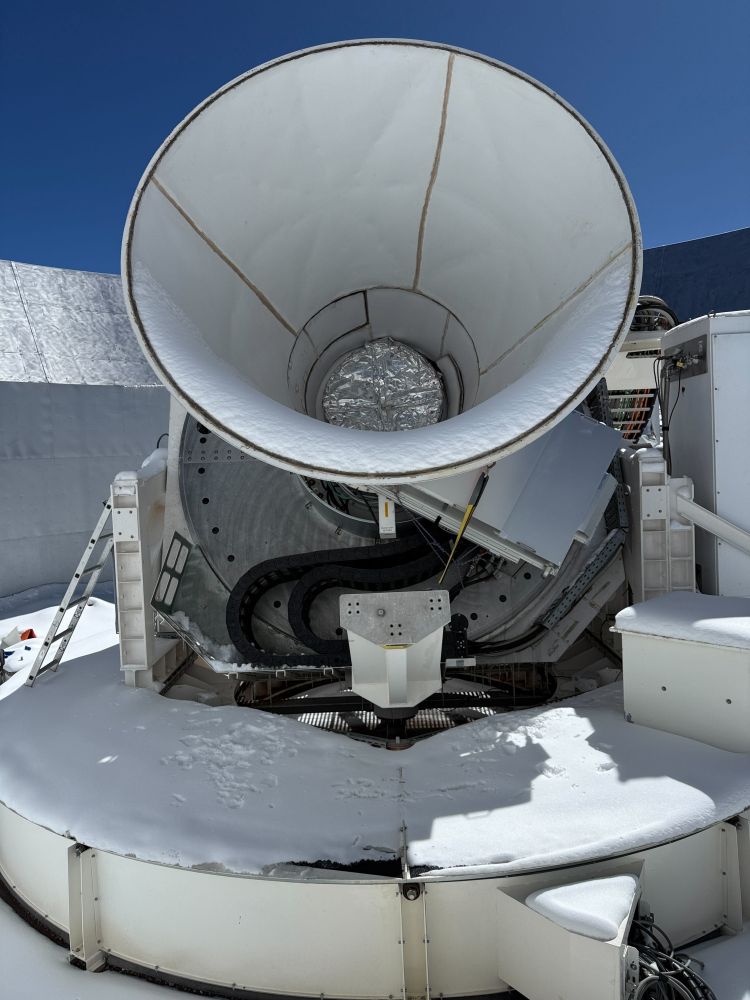
Image credit: Dr Elle Shaw, UT Austin





📸: ESA/Webb, NASA & CSA, G. Mahler

📸: ESA/Webb, NASA & CSA, G. Mahler







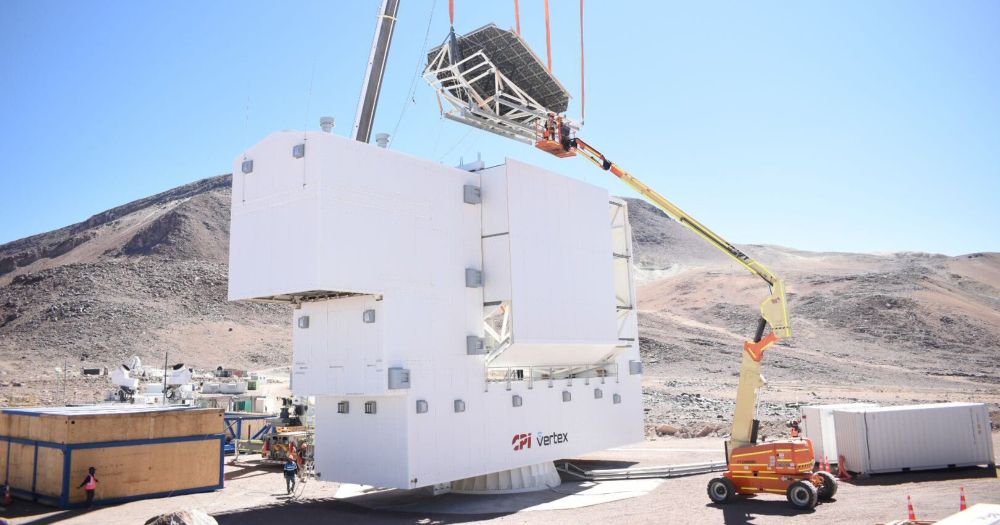

After installing our mirrors over the last few weeks, we have started looking at the sky. We are still tuning the telescope, but we can already make maps of objects in the sky, like Mars. ☄️🔭🧪
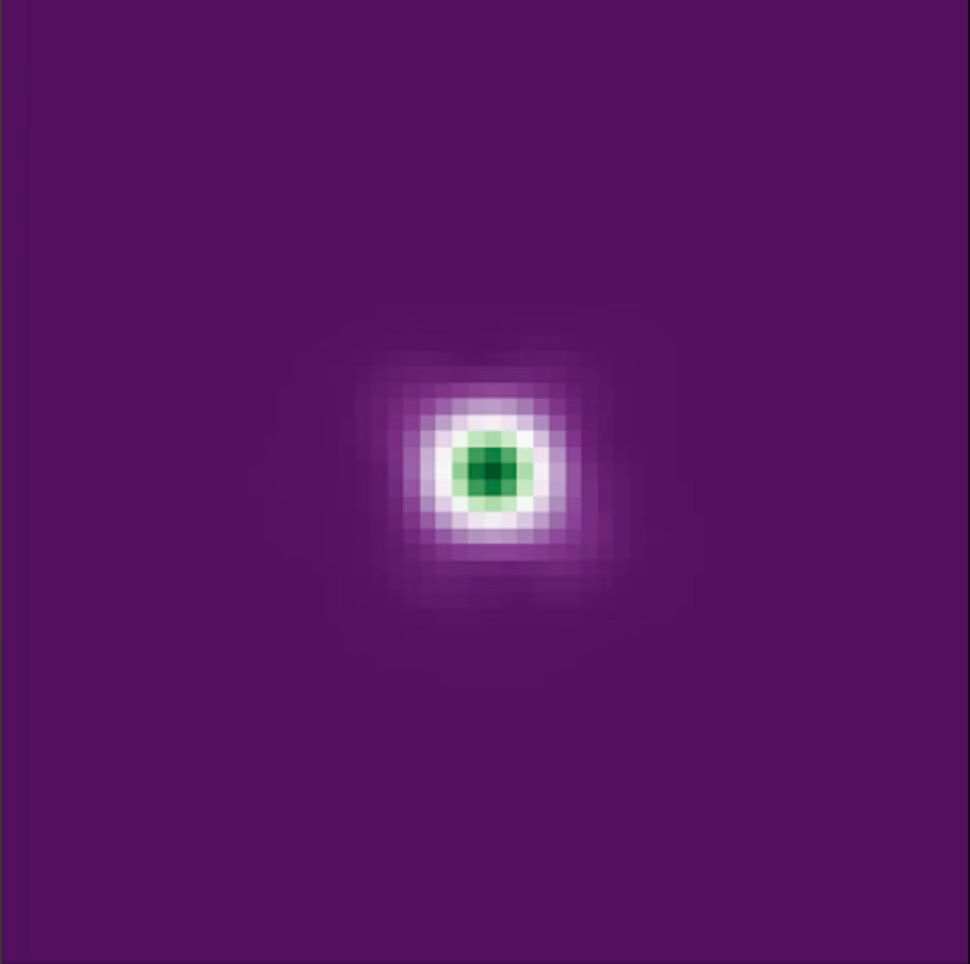
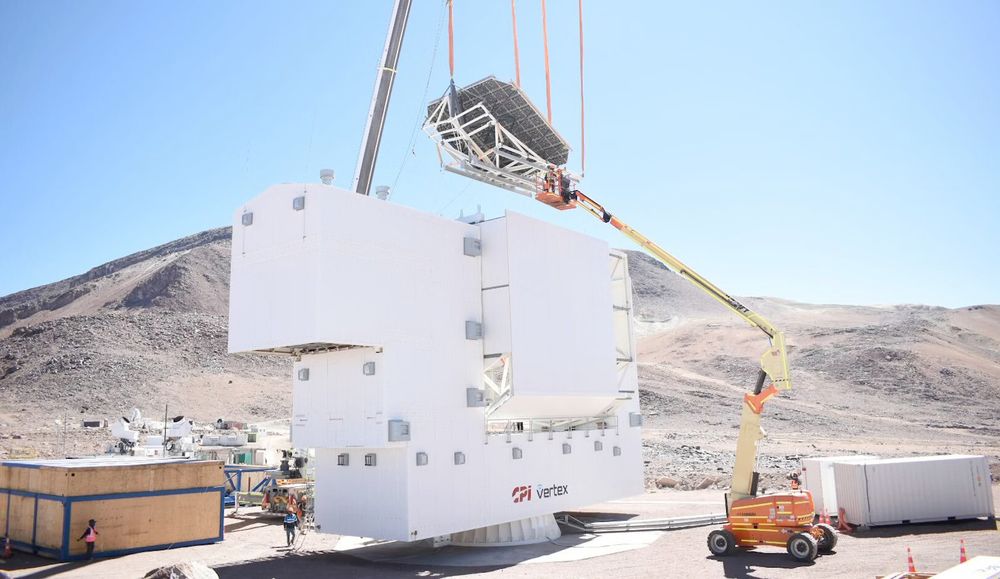
After installing our mirrors over the last few weeks, we have started looking at the sky. We are still tuning the telescope, but we can already make maps of objects in the sky, like Mars. ☄️🔭🧪
📸: Firefly Aerospace

📸: Firefly Aerospace


The first one is about an #NSFFunded upgrade to our Large Aperture Telescope, roughly doubling the number of detectors in it: arxiv.org/abs/2503.00636 enabling us to probe the sky deeper than ever. The paper was led by Susan Clark and Colin Hill.
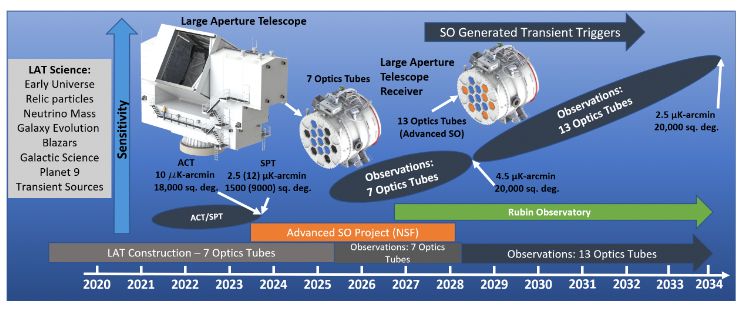
The first one is about an #NSFFunded upgrade to our Large Aperture Telescope, roughly doubling the number of detectors in it: arxiv.org/abs/2503.00636 enabling us to probe the sky deeper than ever. The paper was led by Susan Clark and Colin Hill.






